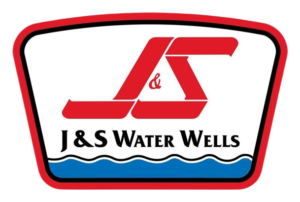

Along the Texas Gulf Coast and inland, sediments have been laid down throughout the course of geologic history and for many millions of years. With these cycles of deposition, different stratigraphic layers have been formed and include clays, shales and sands. With ensuing technology throughout the last centuries, saturated aquifers were delineated and hold volumes of water able to be accessed through drilling and completion of wells. Aquifers along the Gulf Coastal region are comprised of varying layers of saturated sands, all with distinct properties and the wells constructed within them are all unique.
Communicate with us regarding your project—we have a skilled group of management that can help you with your requirements. For new wells there are several things to take into consideration:
Our new water well projects normally consist of three phases: